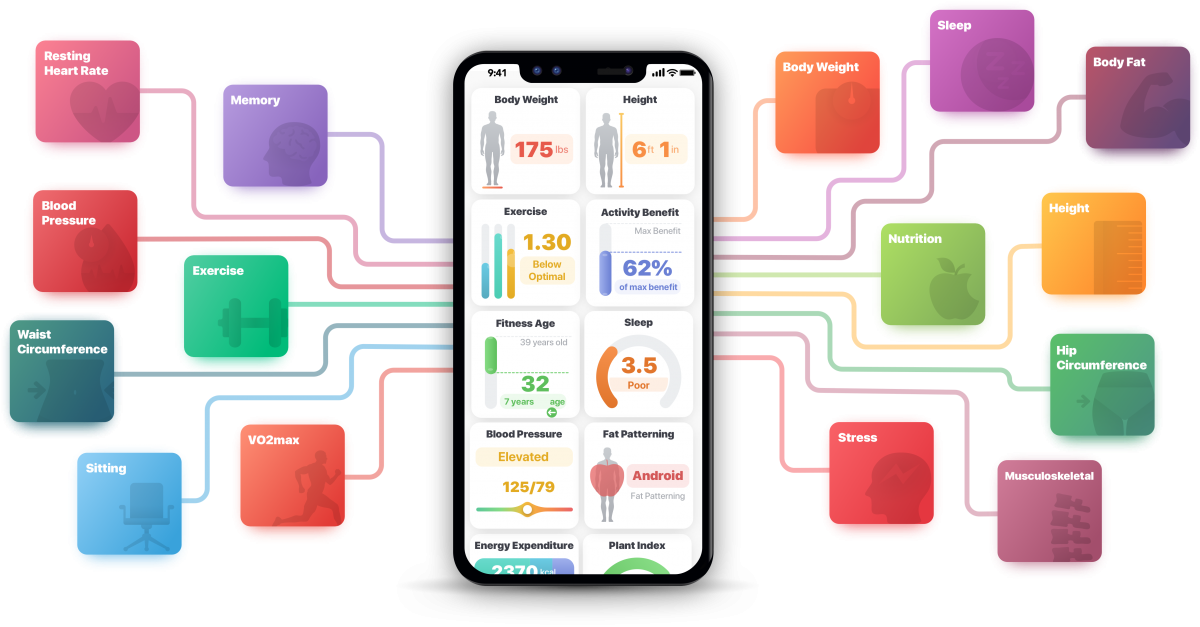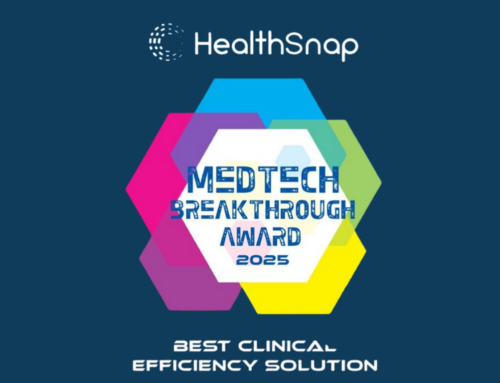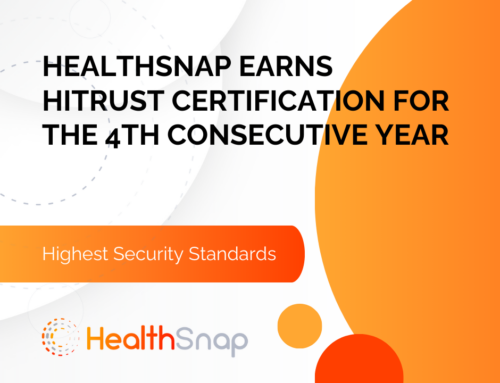We’re just a few weeks into January, but 2020 is already shaping up to be a breakthrough year for remote patient monitoring (RPM). From reimbursement models to consumer demand, the next 12 months are likely to see expanded adoption of RPM technology and services beyond early adopters to providers and health systems across the country. We’ve outlined the top 5 reasons why 2020 will be the year of RPM below, but check out our webinar on February 13 to hear our RPM experts, Samson Magid and Lisa Aponte, go in-depth on what you need to know about RPM this year.
RPM is an effective tool for preventing and reversing chronic diseases
In the early twentieth century, diseases like tuberculosis and pneumonia were the most frequent cause of death in the United States. Today heart disease and cancer top that list. While the burden of disease has definitely shifted, the way we deliver healthcare has not… until now! Patients suffering from early-stage chronic diseases generally only see their physicians once a year for an annual exam. Remote patient monitoring allows those physicians to expand the continuum of care to cover the 364 days—data collected from wearables, medical devices and apps allow providers to see a more complete picture of their patient’s lifestyle health, allowing them to personalize their care and guidance in preventing and reversing chronic diseases. As the American Heart Association wrote in their guidance on Using Remote Patient Monitoring Technologies for Better Cardiovascular Disease Outcomes, “When used by clinicians, RPM can provide a more holistic view of a patient’s health over time, increase visibility into a patient’s adherence to a treatment, and enable timely intervention before a costly care episode.”
RPM expands your practice, and your business
One of the most common complaints we hear from physicians is that the treatment their patients need are the most difficult to provide because they don’t generate enough revenue to make business sense. This has long been the case with remote patient monitoring, but in 2019 that began to change with new CPT codes that allowed providers to bill for critical RPM services. The 2020 CMS fee schedule incorporates a new code for additional time spent reviewing RPM data, but just as importantly incorporates clarifications to the 2019 codes that allow for RPM services to be delivered under general supervision. For providers, this means that they can generate revenue by delivering clinically critical RPM services in an efficient way that improves health outcomes and their bottom line.
Patients aren’t just ready for RPM, they’re expecting it!
RPM, as we know it today, began in the consumer wellness sector over a decade ago. Since Fitbit’s emergence in 2008, devices from Withings, Garman, Apple, and others, along with countless consumer-facing health and wellness apps, have disrupted healthcare by transforming passive patients into engaged consumers. The patients we talk to expect that their clinicians will review data from wearables and apps, and a recent report by the Pew Research Center reveals that the number of patients ready for RPM is growing with roughly 20% of Americans regularly using a wearable fitness tracker or smartwatch.
RPM technology is now accessible to both patients and providers
Access to RPM technology has been a critical barrier for both patients and providers—wearable devices are too expensive for many patients, and provider-facing RPM technology has been limited at best. Thankfully, both of those barriers are falling quickly. Access to high-quality wearables has never been easier with Apple announcing a discounted $199 entry point for their Series 3 Watch and devices from Garmin and Fitbit delivering advanced biometric monitoring for even less. On the clinician side, HealthSnap offers a comprehensive solution that allows forward-thinking providers to quickly implement RPM services in a way that maximizes both patient engagement and clinical efficiency.
Lifestyle Data Analytics provide value in data
The most important part of any remote patient monitoring program is that the patient data must be used to benefit the patient. That’s why we built the first Lifestyle Analytics Platform—to transform patient-generated health data into visualizations and insights that provide immediate benefit to the patient and allow providers to quickly interpret and take action on their patient’s data. HealthSnap is committed to making 2020 the Year of Remote Patient Monitoring by unlocking the potential of this data for providers and patients as they work together to achieve better health outcomes.
Help your patients understand how their lifestyle impacts their health by encouraging them to use our data-driven lifestyle management platform. With HealthSnap, you can easily understand and remotely monitor your patients’ lifestyle health to make data-driven care decisions. To learn more, sign up for our FREE 30-minute webinar on how to incorporate Remote Patient Monitoring in your practice today.






